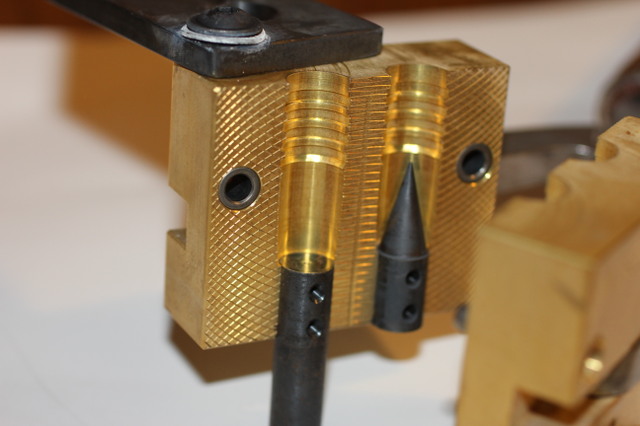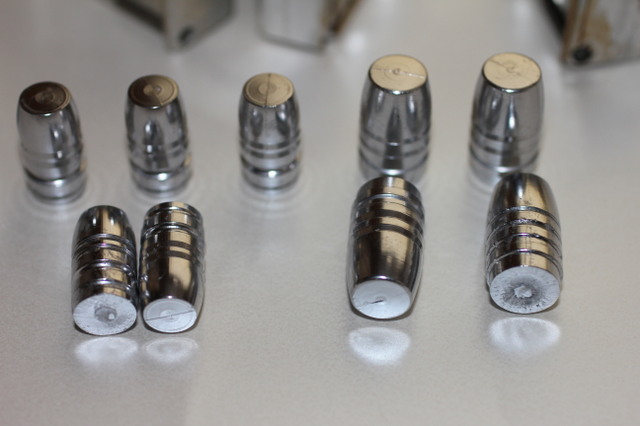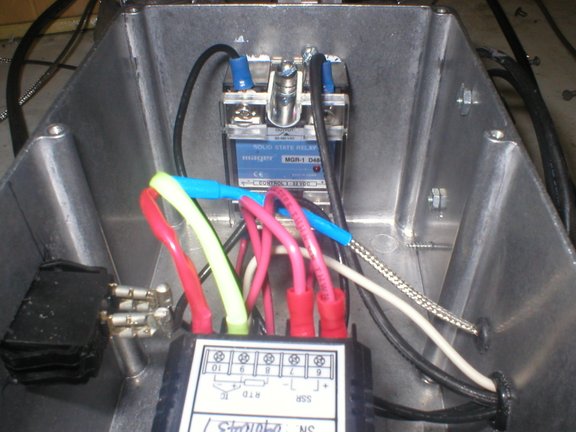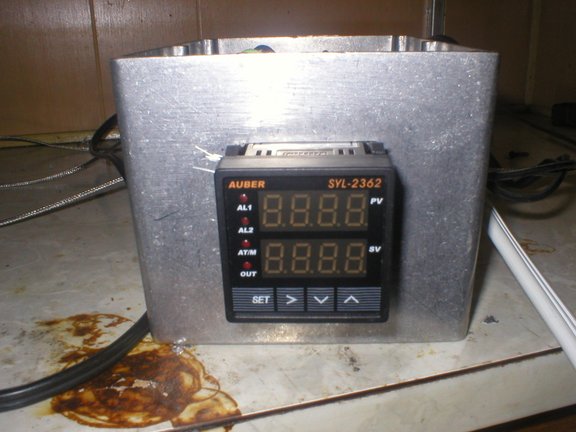I guess this hasn't been much help. If you must put gunk on your mold to make yourself think you are doing something, I suggest a high temp mold release. Occasional tightening of the bolt might help and using high temps to cast can keep the parts free of lead build up, the most common source of problems.
I guess you've never had lead build up between the sprue plate and the top of the mold? Then you don't need bullplate lube. I also use it to lubricate the guide pins on lee molds, at the places lee says to use bullet lube on. To each his own I guess.
As for high heat, I've discovered a new trick. A guy with the handle geargnasher over on cast boolits forum has advocated cooler lead in a hot mold. His reasoning is too much heat in the lead causes tin to "burn out" of the alloy. The old myth that tin and antimony separate out of melted lead is partially correct. It don't "float out" it oxidizes out. Tin has much more affinity for oxygen than lead or antimony. Meaning it oxidizes faster when in contact with the atmosphere. What you see forming on the surface of the melt is mostly tin.
The trick is to lower the alloy temp to 700 degrees or under. Then cast that cooler lead in a hot mold. The reason that most have wrinkles in their boolits, is the mold is not hot enough. So they keep increasing the lead temp, burning off the tin that will help with fill-out. Eventually they end up with frosted boolits, BUT they're well filled out!
Since trying gear's method, I have been getting well filled out SHINY boolits where I could only get gray or frosted boolits before. I also got a hot plate for pre-heating molds. Yeah, I know the trick of dipping the corner in the lead, but hated to do it, always ended up with lead between the blocks.
I have a PID controller, so I know what my temps are. I have been getting shiny, well filled out boolits casting as low as 650 degrees!
These were cast at 690 degrees, pressure cast using a lyman ladle in contact with the sprue plate.
These were cast using 2 molds, bottom poured at 650 degrees. The molds got so hot, I had to rest the one not in use on a wet sponge to prevent frosted boolits.
One is a 300 .452, the other is a 440 50 cal, .501, both lee 2 cavs. I could never get shiny boolits like that before trying gear's method. The temp window for those results is quite narrow.





